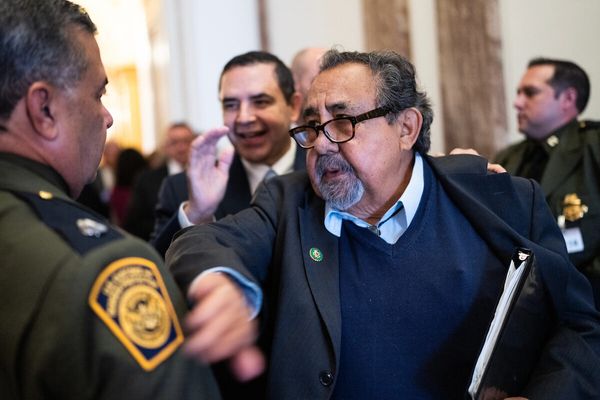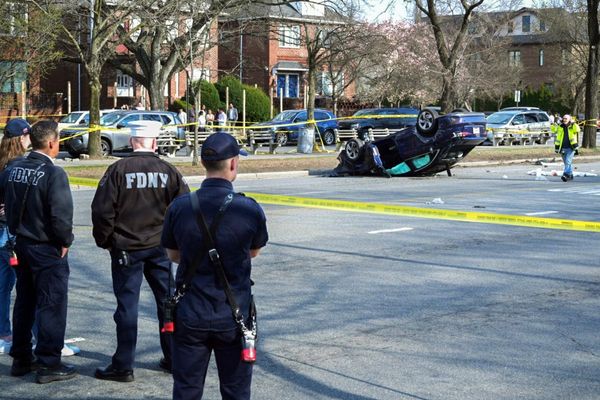Bristol Airport is expected to more than double in capacity and help pay for the city’s planned underground railway network. Transport experts looking at the feasibility of the underground estimated the airport would expand to a 20-million capacity by 2036, raising millions in fares.
A major study looking at Bristol’s proposed underground was only recently published, despite being finished five years ago. The study said the underground could be able to cover its own operating costs, meaning tickets paid by passengers would cover costs like paying drivers.
But the study estimates that almost half the metro’s yearly revenue would come from passengers travelling back and forth to a massively expanded airport. Bristol mayor Marvin Rees said the airport was a “key market” for the planned underground railway network.
Read more: Clean Air Zone and underground will make cycling safer claim council chiefs
Speaking to John Darvall on BBC Radio Bristol on Thursday, November 17, Mr Rees said: “The airport is a key part of the market because people are going to be moving back and forth to the airport. There are going to be 150 million climate-driven migrants by the middle of this century. People will be moving back and forth between regional airports like Bristol.”
Passengers travelling on the underground would pay a £2 fare for most journeys, and a £6 fare to get to the airport, according to the pre-feasibility study written by consultants CH2M and Steer Davies Gleave. The study was finished in 2017 but was only made public this month.
Consultants forecasted the metro would carry eight million journeys to and from the airport each year, making up almost a quarter of the total expected journeys on the network. This would raise about £48 million in revenue, nearly a half of the total revenue expected on the metro, they said.
The current annual capacity of the airport is nine million passengers, and a fierce legal fight is taking place to expand the airport from that to 12 million amid concerns from environmental campaigners about the harm to the climate. Transport consultants do not expect every journey to and from the airport to be made via the underground, with some going by car.
Mr Rees also faced questions about the recent pledge to spend a further £15 million on looking at how an underground network could be built, shortly before warning “there are no red lines” in budget cuts at Bristol City Council. The underground was initially expected to cost £4 billion to build, but this will definitely have risen dramatically due to inflation.
He told the BBC: “There is some confusion out there sometimes. There are different funding pots. Our revenue account, that we spend on adult social care and children’s services, is not the same pot of money that gets spent on that kind of infrastructure, and you cannot spend one on the other. They don’t actually have anything to do with each other.
“Without question, the cost will have gone up on those early estimates, because of the impacts of inflation and Brexit. But all these questions are tested throughout. It’s not a case that we sit in our office and make a decision that it is going to happen. You make a commitment to go down that journey and you go through a series of gateway tests.
“They will test whether it can be done practically, as a feat of engineering, but they also test the market. It only goes through to the next stage if you get a positive on both of those. [£15 million] gets you further investigation of the viability of the scheme, both in terms of the market and the engineering of it.
“Major infrastructure like this does cost lots of money to get to market. The kind of infrastructure we need to decarbonise transport, housing, heat, actually costs millions of pounds just to get to the stage where you can attract inward investment. That’s why it’s so important that we get government money on the front end to go on that journey.
“There’s no shortage of money in the world, ironically right now. There’s money out there looking to land in decarbonisation projects, but what it struggles to do is find the projects to invest in. Our responsibility in the public sector is to bring these projects forward so that they’re ready for investment, but that costs money.”







